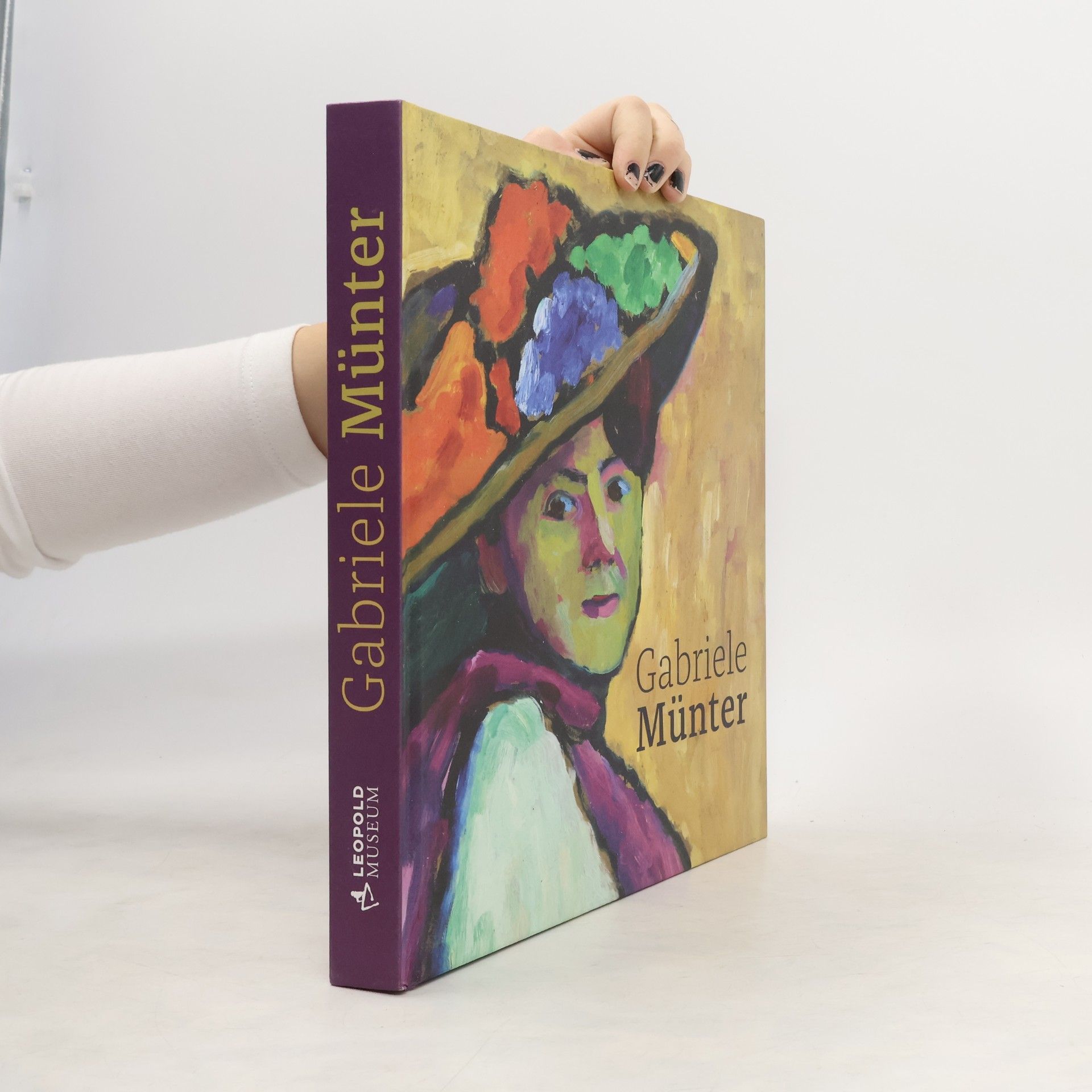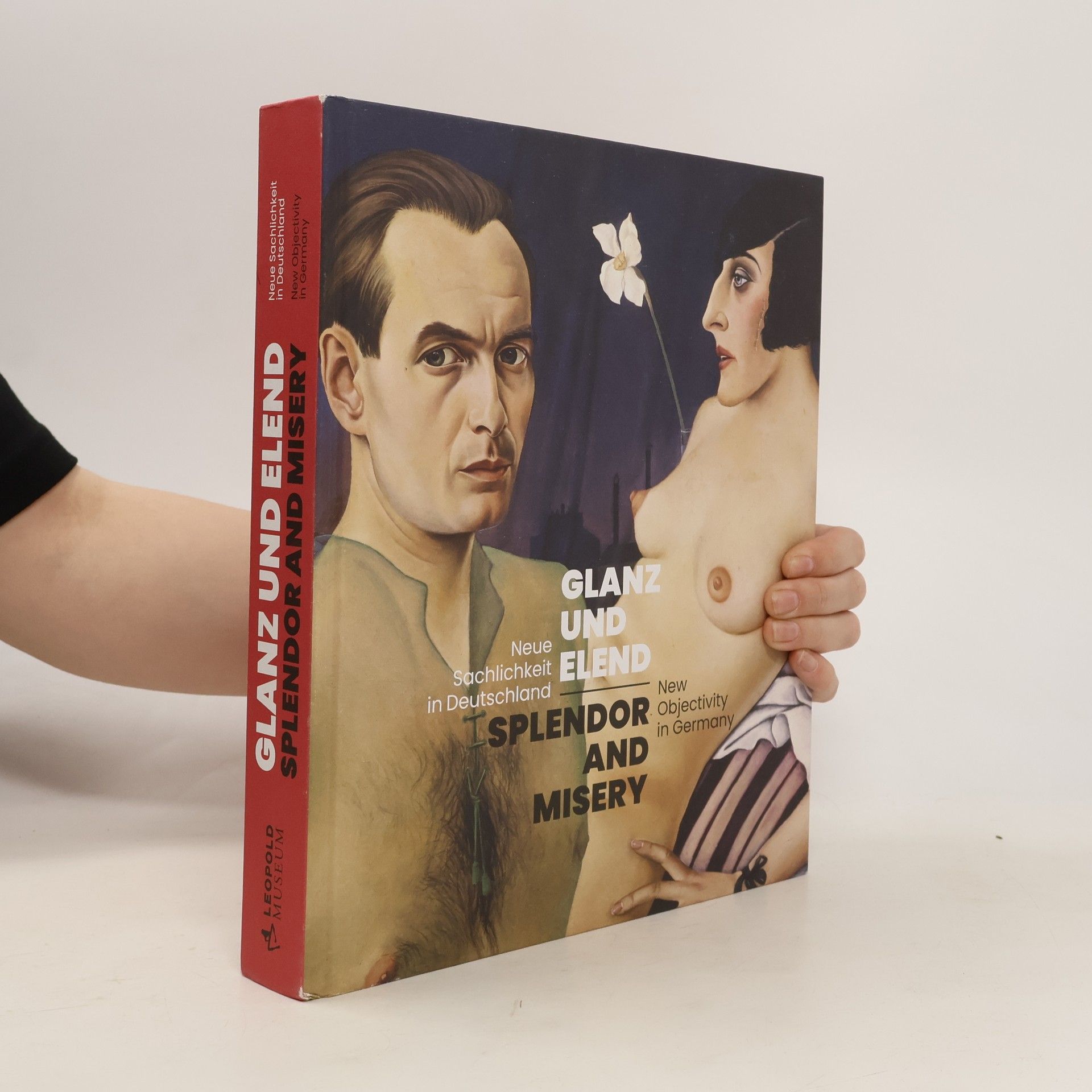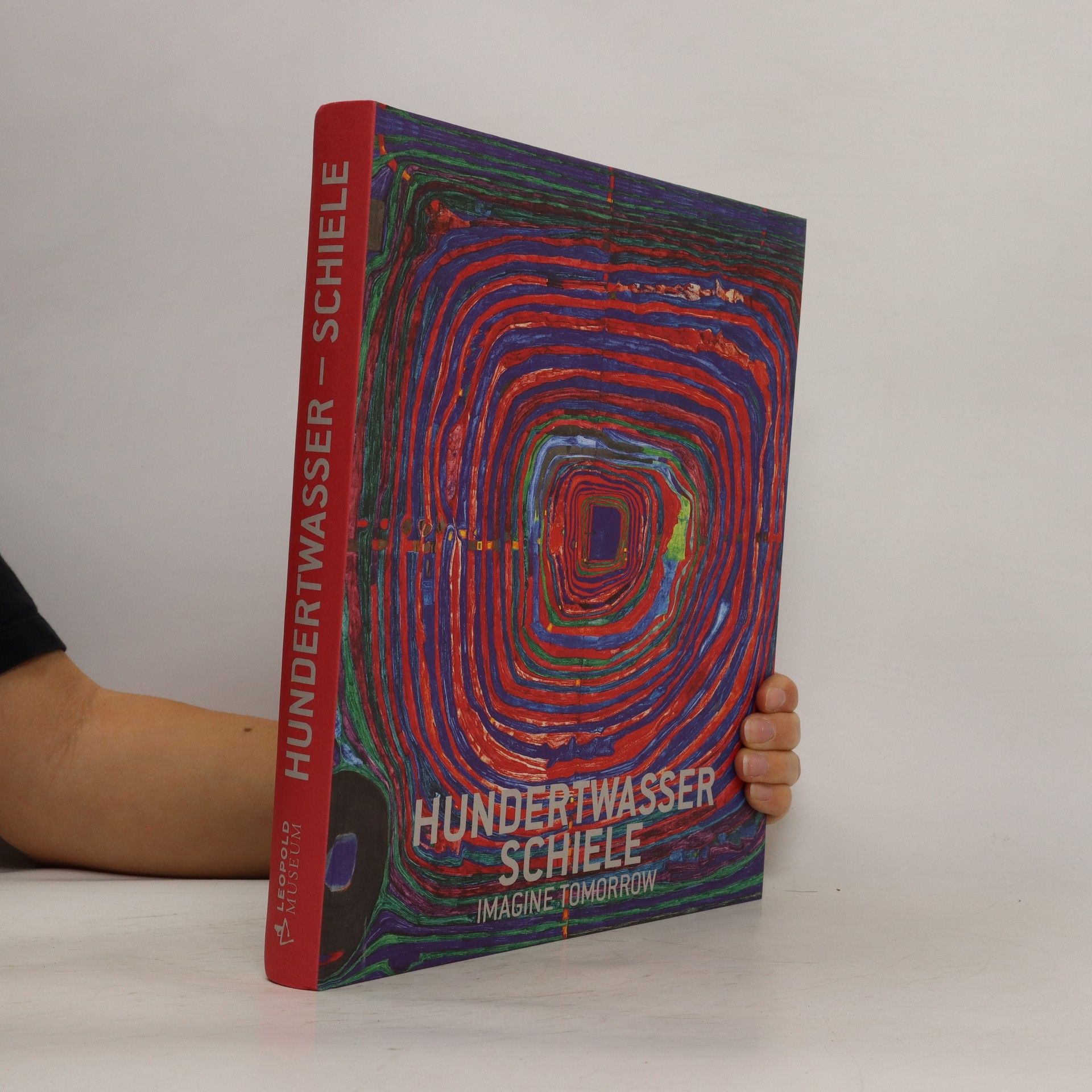Hans-Peter Wipplinger Book order
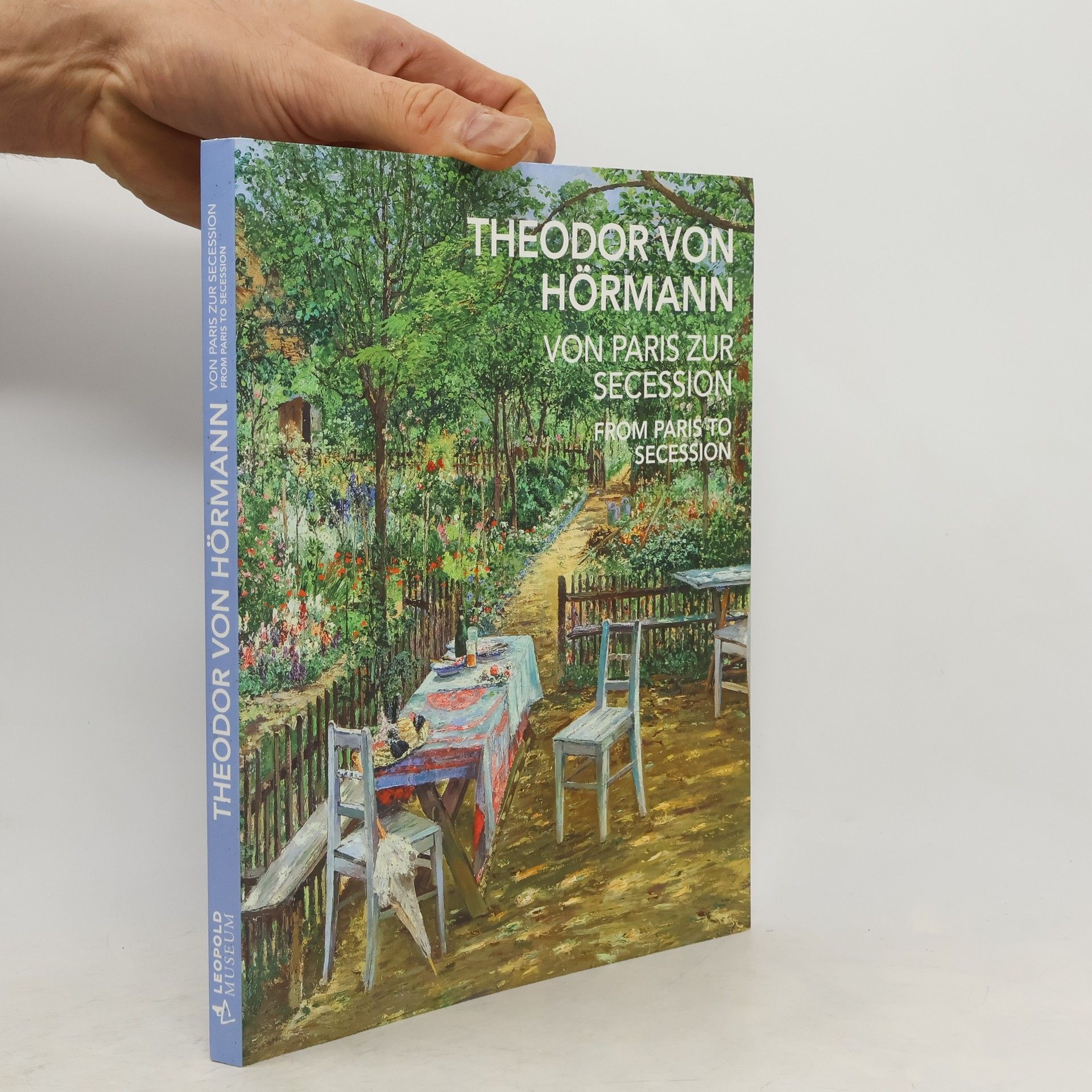
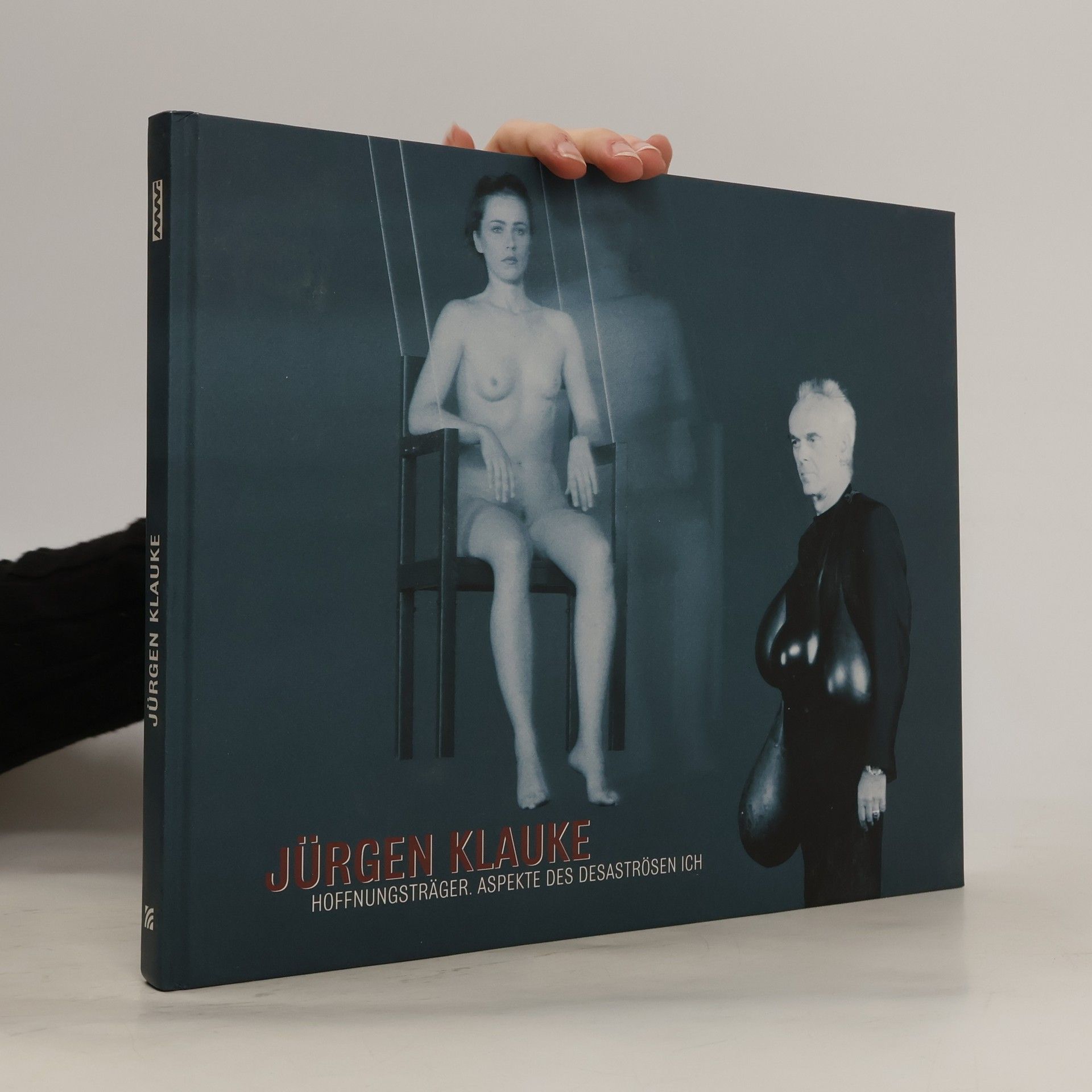
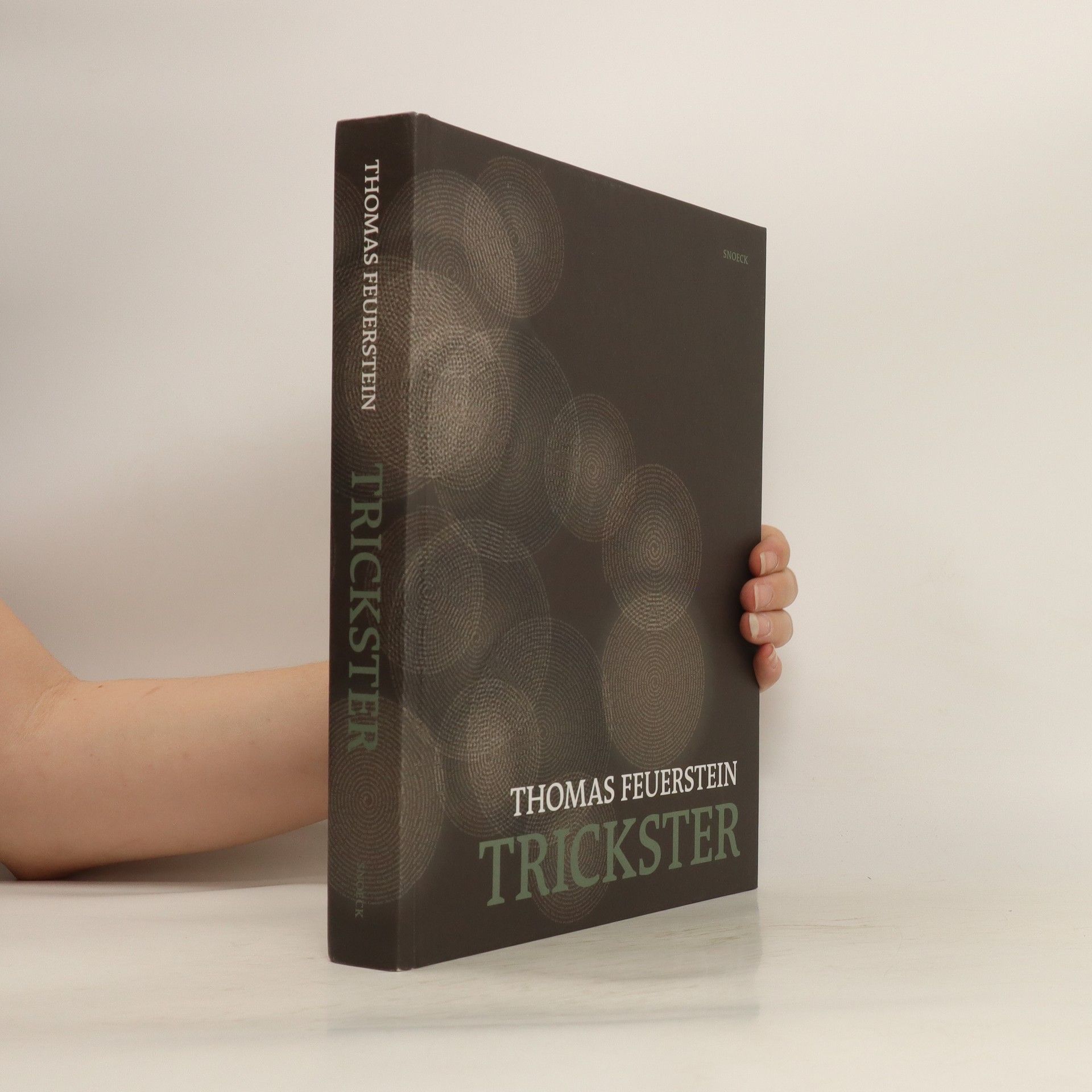



- 2024
- 2024
Interwar Germany's prevailing artistic movement encapsulates the hardship and hedonism of the Weimar Republic The ramifications of World War I called for new visual depictions of German social realities: the hardship on the one hand and the zest for life of the "Golden Twenties" on the other. This dichotomy resulted in the New Objectivity movement. Unsentimental, sober, specific and purist, it depicted the world in an objective, realistic manner. Many of Weimar Germany's most notable artists adopted this style, and the resulting works capture the era in perpetuity: an unsettling panorama when viewed from the present day. This first exhibition of German New Objectivity in Austria includes over 150 treasures of New Objectivity from renowned museums and private collections. Artists include: Max Beckmann, Heinrich Maria Davringhausen, Otto Dix, George Grosz, Karl Hubbuch, Grethe Jürgens, Lotte Laserstein, Felix Nussbaum, Gerta Overbeck, Christian Schad, Rudolf Schlichter.
- 2023
Max Oppenheimer war Expressionist der ersten Stunde. Mit der großen Schau wird das gleichermaßen unbekannte wie überraschende Oeuvre des Künstlers neu beleuchtet und dessen Motivschatz - von Porträts und religiösen Themen über Stillleben sowie Gruppenkompositionen bis hin zu Musiker- und Tierdarstellungen - erschlossen. Text: Alfred Fehringer, Kerstin Jesse, Lisa Smit, Aline Marion Steinwender.
- 2023
Die Würth Collection zählt zu den größten Privatsammlungen Europas und zu den weltweit bedeutendsten Kunstsammlungen. Der Katalog vereint Werke der klassischen Moderne und der zeitgenössischen Kunst und ermöglicht so eine einzigartige Reise durch rund 100 Jahre Kunstgeschichte. Aus der beinahe 20.000 Objekte umfassenden Sammlung wurden 200 Meisterwerke ausgewählt. Ein Schwerpunkt der Sammlungspräsentation liegt auf der klassischen Moderne. Zu den Highlights zählen Werke von Edvard Munch, Pablo Picasso, Max Liebermann, Gabriele Münter, Max Beckmann, Max Pechstein oder Hans Arp. Ein weiterer Fokus liegt auf zeitgenössischer Kunst. Gezeigt werden Werke von Fernando Botero, Per Kirkeby, dem Künstlerehepaar Christo und Jeanne Claude, Gerhard Richter, Georg Baselitz und Anselm Kiefer aber auch von herausragenden Künstler*innen aus Österreich wie Fritz Wotruba, Maria Lassnig, Arnulf Rainer und Erwin Wurm. Text: Reinhold Würth
- 2022
The first overview in a decade on Kubin’s gothic pageant of dreamworld menace The art of the great Austrian draftsman, illustrator and author Alfred Kubin (1877–1959) appears more current today than ever before; wartime destruction, pandemics, natural disasters and the manipulation of the masses pervade his highly narrative works. Kubin’s nightmarish oeuvre extends Symbolism and the fantastical art of the 19th century and may be considered a precursor to French Surrealism, with its syntheses of actual and imaginary reality, its bleak realms that Kubin often seasoned with humor, irony and exaggeration.Published for an exhibition at the Leopold Museum in Vienna, Alfred Confessions of a Tortured Soul offers an exploration of Kubin’s oneiric worlds in terms of their relation to the unconscious. Through this lens, psychoanalyst and psychiatrist August Ruhs addresses pieces by Kubin selected by curator Hans-Peter Wipplinger. In addition, Kubin’s works are placed into a dialogue with works by artists of the 19th century and of the classical modernism from which Kubin derived inspiration.
- 2022
Der Blick aus dem Rahmen. Literarische Porträts aus der Sammlung Klewan
Ausst. Kat. Leopold Museum, Wien 2022
- 2022
Die Kunst des grossen Zeichners, Illustrators und Autors, Alfred Kubin, scheint aktueller denn je: Gewalt, kriegerische Zerstörung, Seuchen, Naturkatastrophen, Manipulation der Massen und andere Abgründe des menschlichen Seins prägten seine stark erzählerisch orientierten Arbeiten. Das Werk dieses fantastischen Schöpfers konfrontiert uns mit pessimistischen Visionen, die die schlechteste aller denkbaren Welten skizzieren. Aus einer Vielfalt von Impressionen und künstlerischen Positionen, vor allem aber aus den eigenen Erfahrungs- und Empfindungswelten und seiner überbordenden Einbildungskraft schuf Kubin ein unvergleichliches, geheimnisvoll-fantastisches Werk. Der Katalog unternimmt den Versuch, die Kunst der Kubinschen Traumwelten, die allzu oft in alpdrückend-düstere Sphären vordringt, auch in ihrem Bezug zum Unbewussten, zu den Tiefendimensionen des Psychischen zu erfassen. Die Werke Kubins werden dabei in einen Dialog mit Arbeiten von Künstlern des 19. Jahrhunderts wie der klassischen Moderne gesetzt, die als Inspirationsquellen für Kubins Schaffen dienten. Kubins dystopische Visualisierungen, die den Symbolismus und die fantastische Kunst des 19. Jahrhunderts fortführen und als Weg bereiter des französischen Surrealismus gelten dürfen, setzen sich aus realer und imaginärer Wirklichkeit zusammen: eine Synthese, in der das Unheimliche der pessimistischen Weltkonstruktionen auch immer wieder mit Humor, Ironie und Übertreibung versehen ist
- 2022
- 2020
Friedensreich Hundertwasser prägte als Maler, Gestalter von Lebensräumen und Vorkämpfer der Ökologiebewegung die Kunst des 20. Jahrhunderts über die Grenzen Österreichs hinaus. Wenig bekannt ist seine lebenslange, intensive Beschäftigung mit der Person und dem Werk Egon Schieles. Als 20-jähriger entdeckte der damalige Akademiestudent Hundertwasser in Ausstellungen und Büchern die Kunst der Wiener Moderne für sich: Vor allem Schiele sollte in den folgenden Jahren eine zentrale Bezugsfigur für den international agierenden Künstler werden. Entlang zentraler Motiv-und Themenkomplexe im Werk beider Künstler wie jener der beseelten Natur oder dem Verhältnis von Individuum und Gesellschaft werden im vorliegenden Katalog Analogien jenseits von formalen Ähnlichkeiten ersichtlich und die künstlerische und geistige Verwandtschaft zweier herausragender österreichischer Künstler des 20. Jahrhunderts nachgezeichnet, die einander nie persönlich kennenlernen konnten und doch so viel verbindet.00Exhibition: Leopold Museum, Wien, Austria (21.02. - 31.08.2020)
